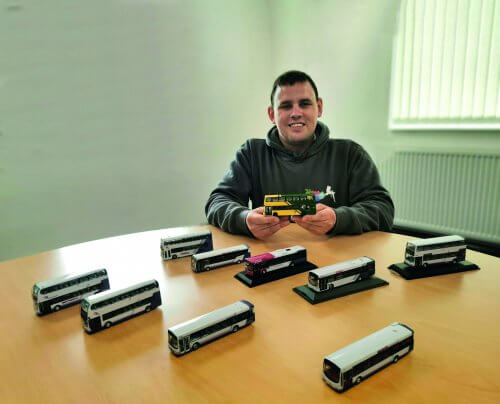
Peter Jackson speaks to Patrick Munford – known as The Model Bus Doctor on social media – to find out more about his business and how his custom creations take shape
Patrick Munford has been making waves in the coach and bus modelling scene of late, having decided to take his passion from part-time hobby to full-time job. Keen to find out where that passion came from, I asked how he’d got into coaches and buses in the first place. “My grandad was a coach driver for 50-odd years, and I used to go out with him on day trips, on scheduled services and private hires – I looked up to him since I was little,” he said.
[…]
By subscribing you will benefit from:
- Operator & Supplier Profiles
- Face-to-Face Interviews
- Lastest News
- Test Drives and Reviews
- Legal Updates
- Route Focus
- Industry Insider Opinions
- Passenger Perspective
- Vehicle Launches
- and much more!


